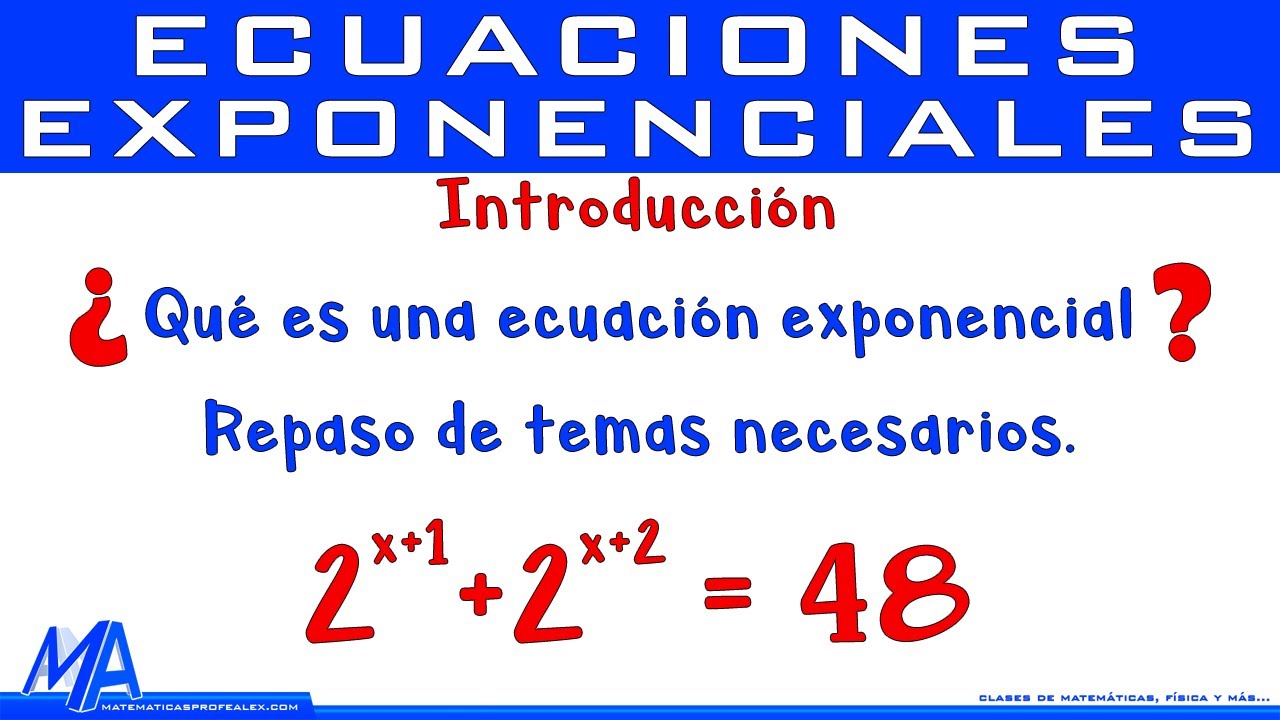Literal Equations
Summary
TLDRIn this Missmi Math Tutorials video, Miss Smith introduces literal equations, which involve solving for one variable amidst multiple variables in an equation. She emphasizes the importance of identifying the target variable and suggests treating extra variables as numbers to simplify the process. Through examples, she demonstrates how to isolate the desired variable by performing inverse operations and maintaining equation balance, resulting in a solution that may not be 'pretty' but is accurate. The video aims to demystify literal equations and equip viewers with the confidence to tackle them effectively.
Takeaways
- 📚 Literal equations involve solving for a specific variable amidst multiple variables in an equation.
- 🖍️ It's important to identify and highlight the variable you are solving for to keep your focus clear.
- 🔍 Pretend the variables are numbers to simplify the process of isolating the variable you're solving for.
- ⚖️ Balance the equation by performing inverse operations on both sides to cancel out terms.
- 🔄 When isolating the variable, move all other terms to the opposite side of the equation.
- 📉 Literal equations may not result in a 'pretty' answer, but the goal is to isolate the desired variable.
- 🔄 Division is used to eliminate coefficients in front of the variable you're solving for.
- 📝 Rewrite the equation in standard form to make it easier to identify and combine like terms.
- 📉 Constants and variables can be separated and simplified if possible.
- 📌 Treat special symbols like pi as a variable in the context of the equation.
- 🔗 Remember that what you do to one side of the equation must be done to the other to maintain equality.
Q & A
What is the main focus of the tutorial video by Miss Smith?
-The main focus of the tutorial video is to teach how to solve literal equations, which involve more than one variable and require isolating the variable specified in the problem.
Why is it important to identify the variable you are solving for in a literal equation?
-Identifying the variable you are solving for helps you focus on isolating that variable, making it easier to solve the equation by treating other variables as if they were numbers.
What strategy does Miss Smith suggest for dealing with multiple variables in a literal equation?
-Miss Smith suggests pretending the variables are numbers and focusing on isolating the variable you are solving for, regardless of the presence of other variables.
Why does Miss Smith recommend getting the variable you are solving for alone on one side of the equation?
-Getting the variable alone on one side simplifies the process of solving the equation, as it allows you to concentrate on the necessary operations to isolate that variable.
What does Miss Smith mean by treating variables as if they were numbers?
-Treating variables as if they were numbers means performing mathematical operations on them without getting confused by their presence, just as you would with numerical values.
How does Miss Smith approach moving variables from one side of the equation to the other?
-Miss Smith recommends performing the inverse operation on the variable to move it to the other side of the equation, ensuring that the operation is applied to both sides to maintain equality.
What is the significance of standard form in solving literal equations?
-Standard form, where variables are placed before constants, helps in organizing the equation and makes it easier to identify like terms and perform necessary operations for solving.
Why is it necessary to perform the same operation on both sides of an equation?
-Performing the same operation on both sides of an equation ensures that the equality is maintained, which is a fundamental principle in solving equations.
How does Miss Smith handle terms that cannot be combined in an equation?
-If terms cannot be combined because they are not like terms, Miss Smith suggests rewriting the equation and proceeding with the operations that can be performed to isolate the variable of interest.
What does Miss Smith advise when dealing with fractions in literal equations?
-Miss Smith advises multiplying both sides of the equation by the denominator to eliminate the fraction, which simplifies the process of isolating the variable.
How does the presence of the variable 'pi' affect the solving process in literal equations?
-In the context of the video, 'pi' is treated like any other variable, and the focus remains on isolating the specified variable, with 'pi' being part of the operations needed for solving.
Outlines

This section is available to paid users only. Please upgrade to access this part.
Upgrade NowMindmap

This section is available to paid users only. Please upgrade to access this part.
Upgrade NowKeywords

This section is available to paid users only. Please upgrade to access this part.
Upgrade NowHighlights

This section is available to paid users only. Please upgrade to access this part.
Upgrade NowTranscripts

This section is available to paid users only. Please upgrade to access this part.
Upgrade NowBrowse More Related Video

Sistem persamaan linear tiga variabel dengan metode substitusi

PERSAMAAN LINEAR SATU VARIABEL - MATEMATIKA KELAS 7

Creating And Using Kinematic Equations Chart - Kinematics - Physics

Solving Systems of Equations in Two Variables

Ecuaciones exponenciales | Introducción

Solving Systems of Equations By Elimination & Substitution With 2 Variables
5.0 / 5 (0 votes)